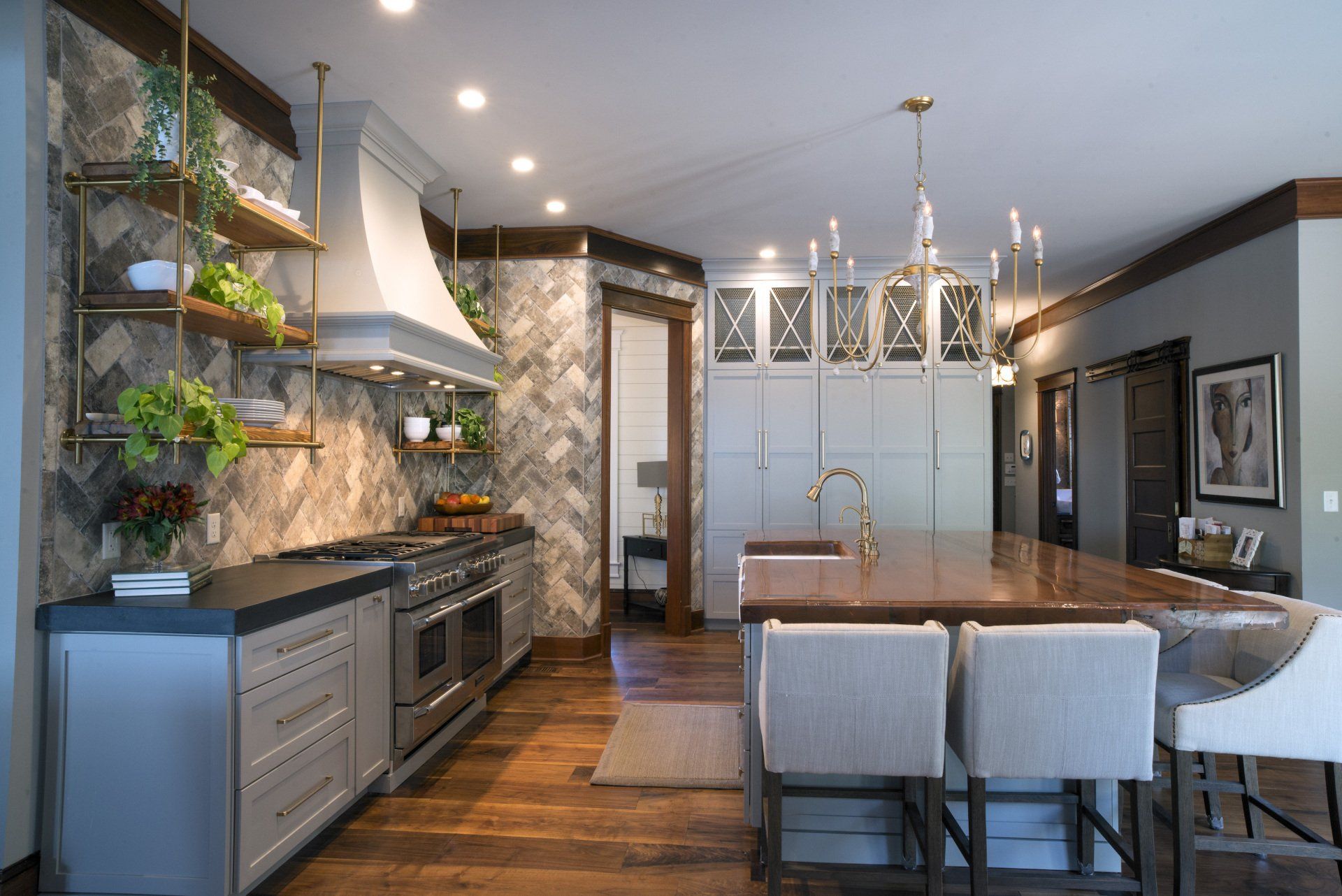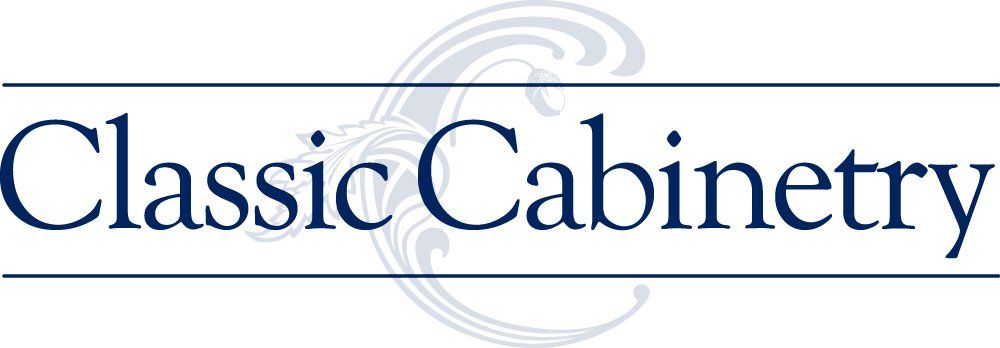2022 Houzz.com Kitchen Trends
If you are planning to create a dream kitchen in 2022, take advantage of one of the industry’s largest and most respected surveys of trends to use as a source of inspiration. Key takeaways for homeowners in Chattanooga from the 2022 Houzz.com Kitchen Trends study include:
- Homeowners investing more in their new kitchens than in prior years
- Homeowners are demanding more private/enclosed spaces
- Relying on professional designers and remodelers are increasing
- Islands remain a top priority in new kitchens
- Homeowners are splurging more on countertops
The survey results mirror trends we see among homeowners in Chattanooga. Almost half of homeowners reconfigure the layout when creating the kitchen of their dreams. However, open floor plans where the kitchen opens to other rooms in the home are decreasing. The Houzz survey found that only 38% of homeowners opted for an open floor plan compared to 46% in 2020. This is not surprising given that so many homeowners in Chattanooga require their new kitchens to provide flexibility and serve multiple functions such as classroom, office, cafe, dining room, etc. This places a premium on separate and enclosed spaces.
Almost 90% of homeowners from the Houzz study retain professional assistance to remodel their kitchens and that too makes sense, especially in light of the difficulty in obtaining products and materials caused by supply chain challenges and finding qualified labor.
Countertops are replaced by 91% of homeowners remodeling their kitchens and quartz is the most popular countertop material. Again, this mirrors our experience with homeowners in Chattanooga. Quartz is extremely popular because of its antimicrobial properties, it’s easy to clean, extremely durable and comes in a rainbow of color options. White is the most popular color for countertops, selected by 39% of homeowners, followed by multicolored (24%) and gray (12%). Granite is the second most popular countertop material selected for new kitchens.
Nearly a quarter of homeowners (24%) building a new dream kitchen selects a countertop color for their island that contrasts with other countertops in the kitchen. White also is the most selected color for island countertops followed by wood tones.
Homeowners in the survey and in Chattanooga also invested more in their backsplash material. Ceramic and porcelain tile were specified for 56% of new kitchens, marble’s popularity is on the rise, selected by 11% of homeowners.
Hardwood remains the top choice among homeowners in Chattanooga for flooring, followed by an increase in popularity for vinyl flooring.
White remains the most popular color for cabinets, selected by 41% of homeowners, followed by medium-toned wood (12%) and gray (10%). Gray also was the second most popular color selected for kitchen walls, behind white and stainless steel was the most popular finish for appliances.
Shaker continues to dominate cabinet preferences, selected by 64% of homeowners followed by flat panel (17%).
Nearly 60% of homeowners renovating their kitchens added an island that on average was more than 7 feet long. Rectangular islands were most popular shape selected by 83% of homeowners. The increased size of islands responds to the multiple functions homeowners in Chattanooga demand from their islands. These include entertaining, socializing, eating, homework and serving as a workplace.
Give us a call at 423-266-0077 or make an appointment to visit our showroom either in person at 2601 Broad St or virtually.





